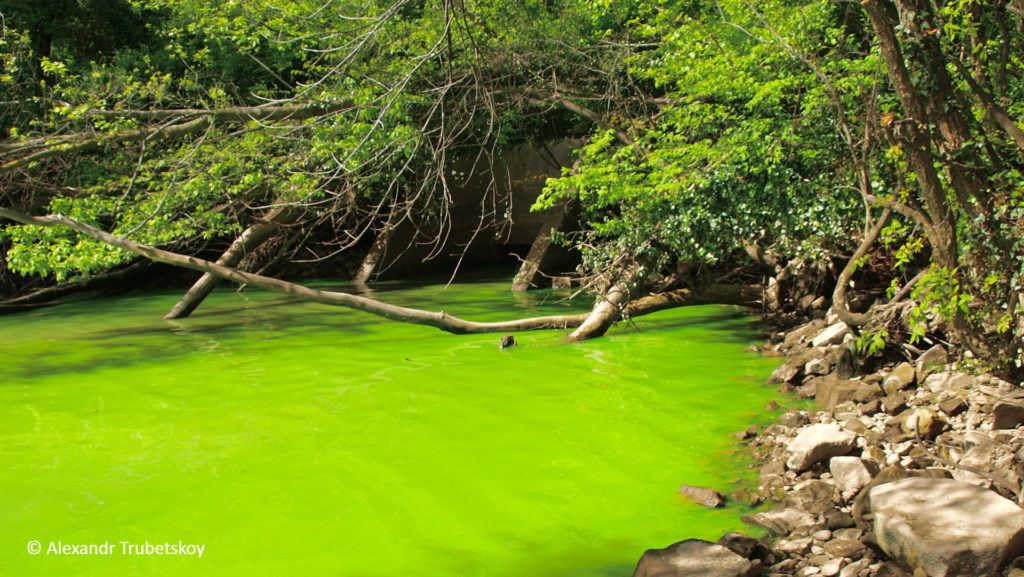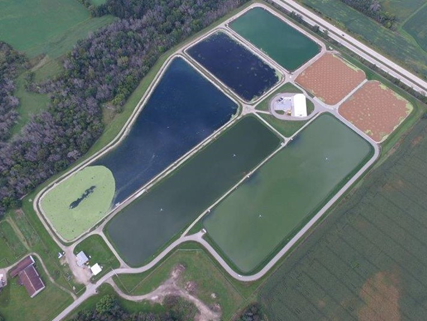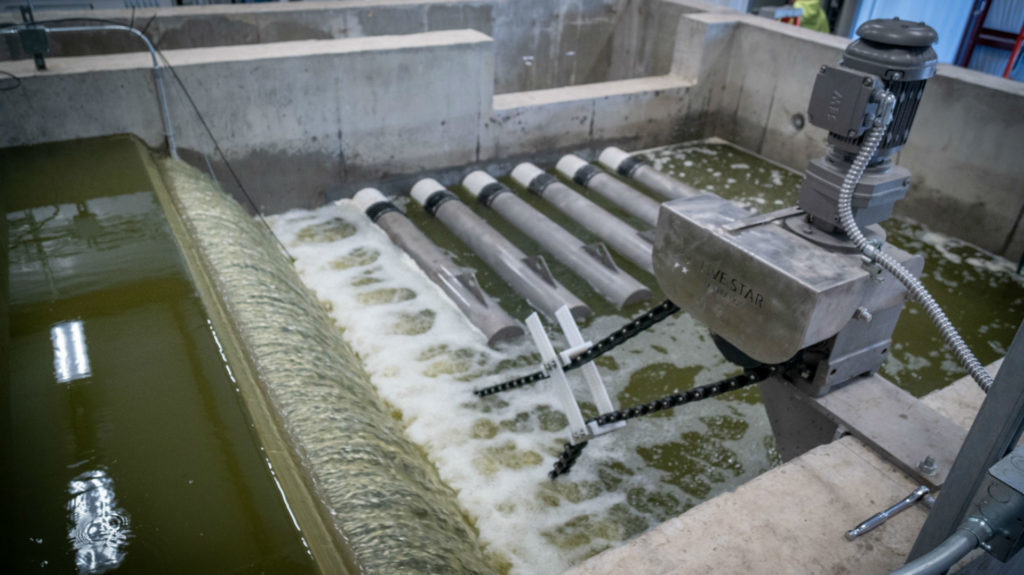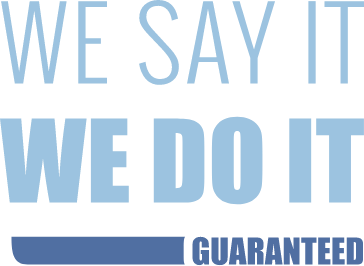



Lagoon phosphorus effluent limits are becoming increasingly common as regulators protect surface waters that are threatened by excess nutrients.
Lagoon phosphorus removal to meet low effluent standards can be achieved cost effectively via chemical precipitation and filtration.
This episode of Lagoon Do It Better TV examines lagoon phosphorus: why it’s regulated and how to meet new effluent limits.
Whether you’re looking for a phosphorus solution for your lagoon or just have a quick question about algae, we’re here for you.
We want to be your #1 resource for all things wastewater lagoons. If we can help you, please don’t hesitate to get in touch.
"*" indicates required fields
We pledge to provide all our customers with the most authentic, long-term solution available. These solutions are built on the shoulders of more than 30 years of professional wastewater engineering experience. Our commitments to excellence, sound research, adaptability, and environmental consciousness separate Triplepoint from our competition.
We stand behind our products and processes. Every installation is backed by our Technology Performance Guarantee: We guarantee that our equipment will do what we say it will do.

800-654-9307
[email protected]
6586 S. Kenton Street
Centennial, CO 80111
Find Us Here